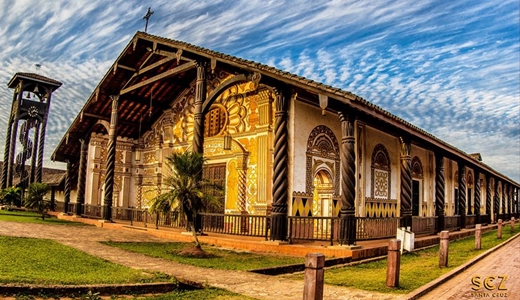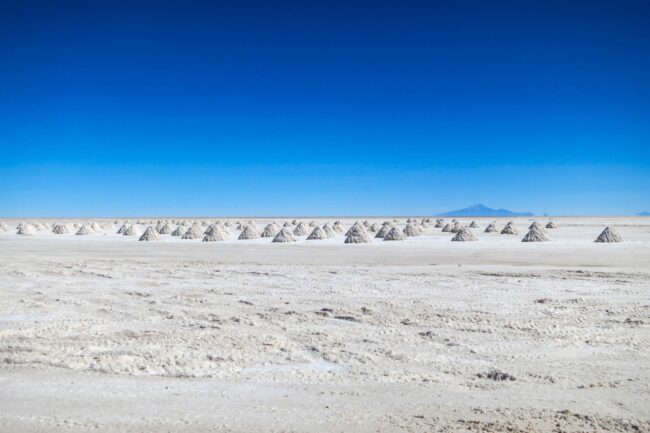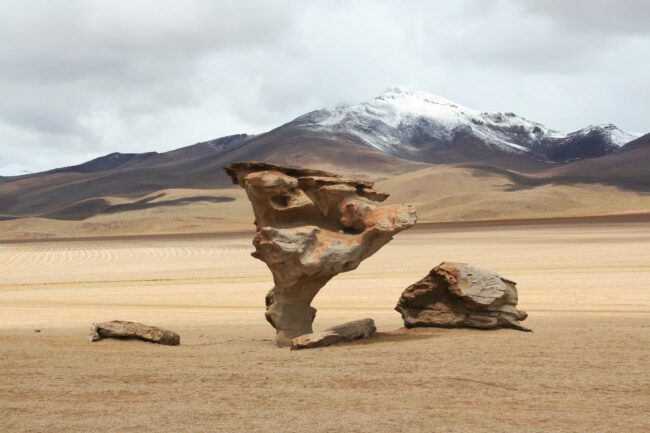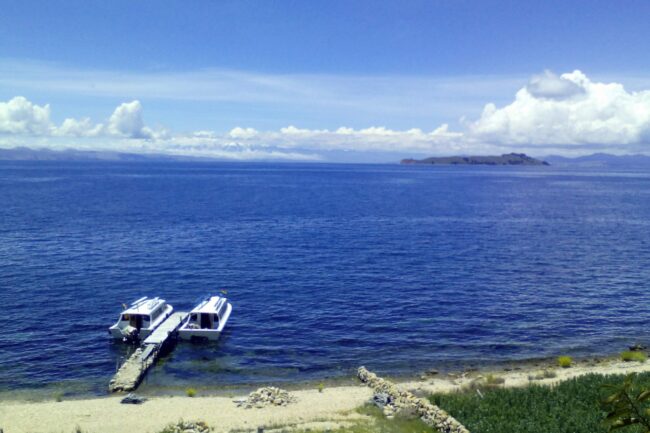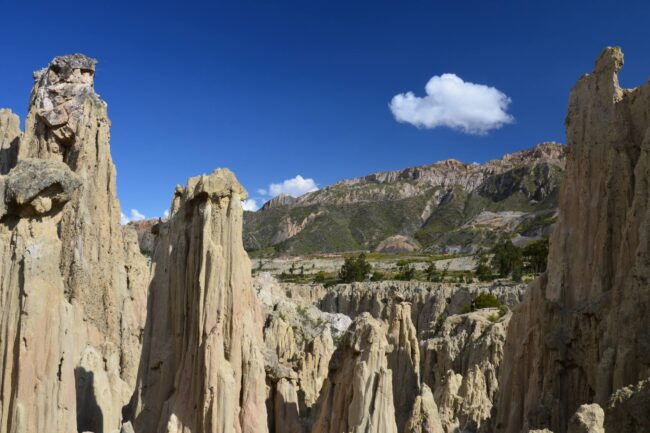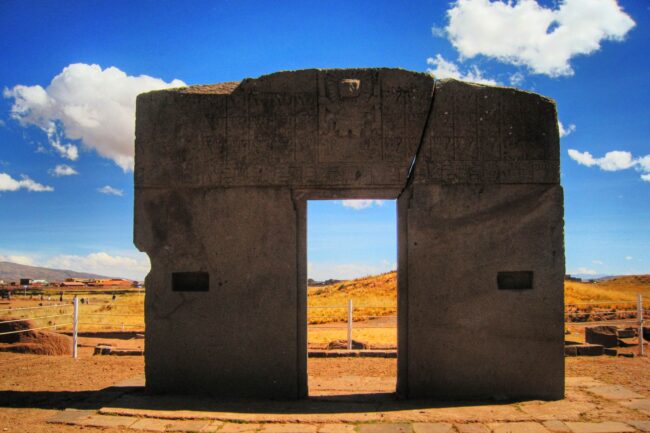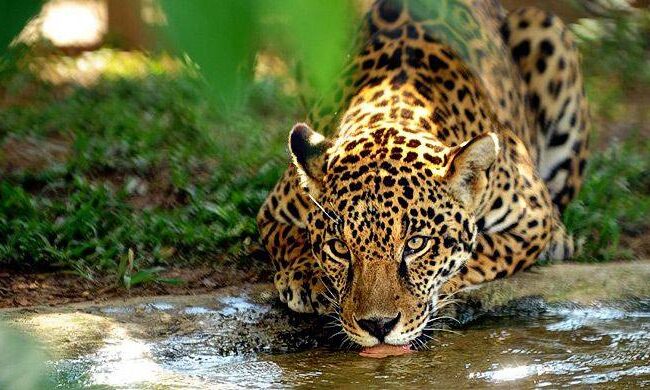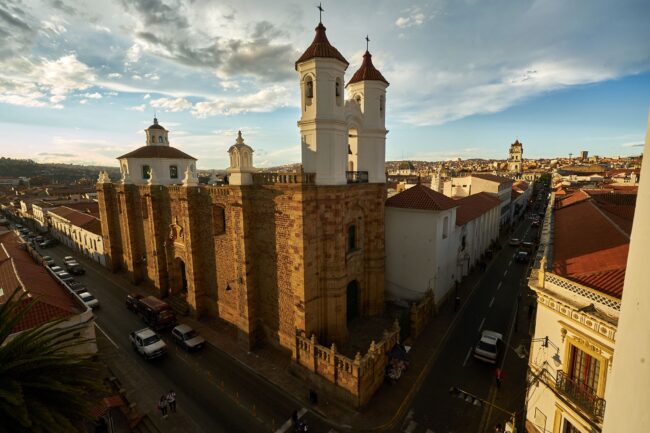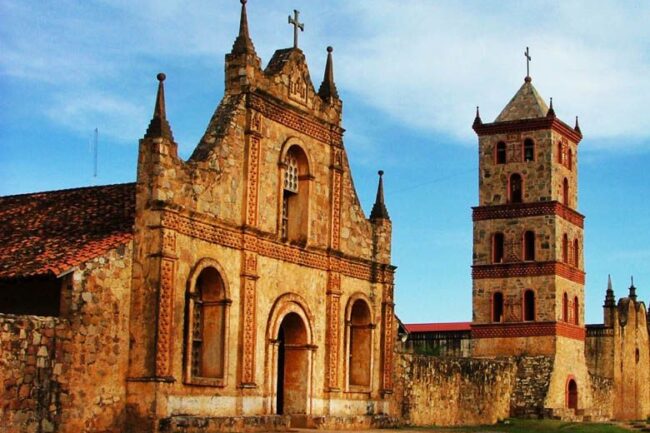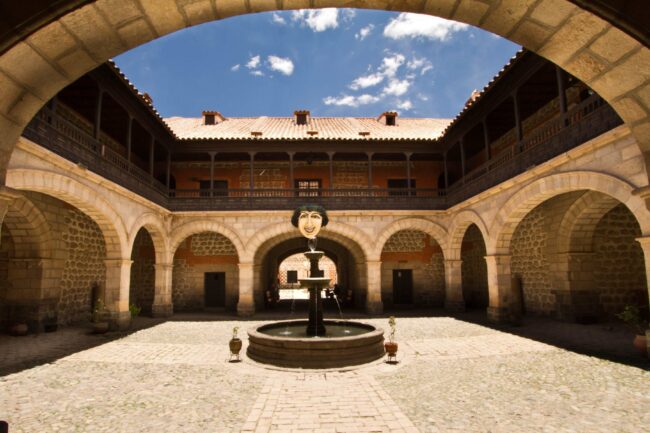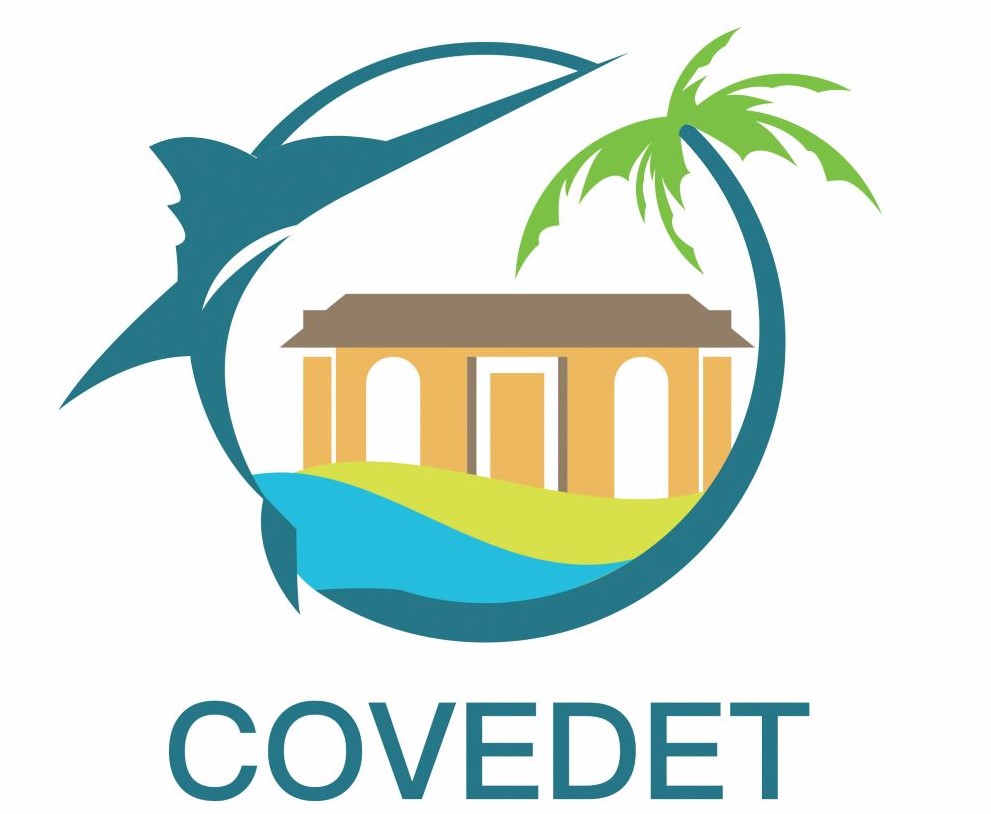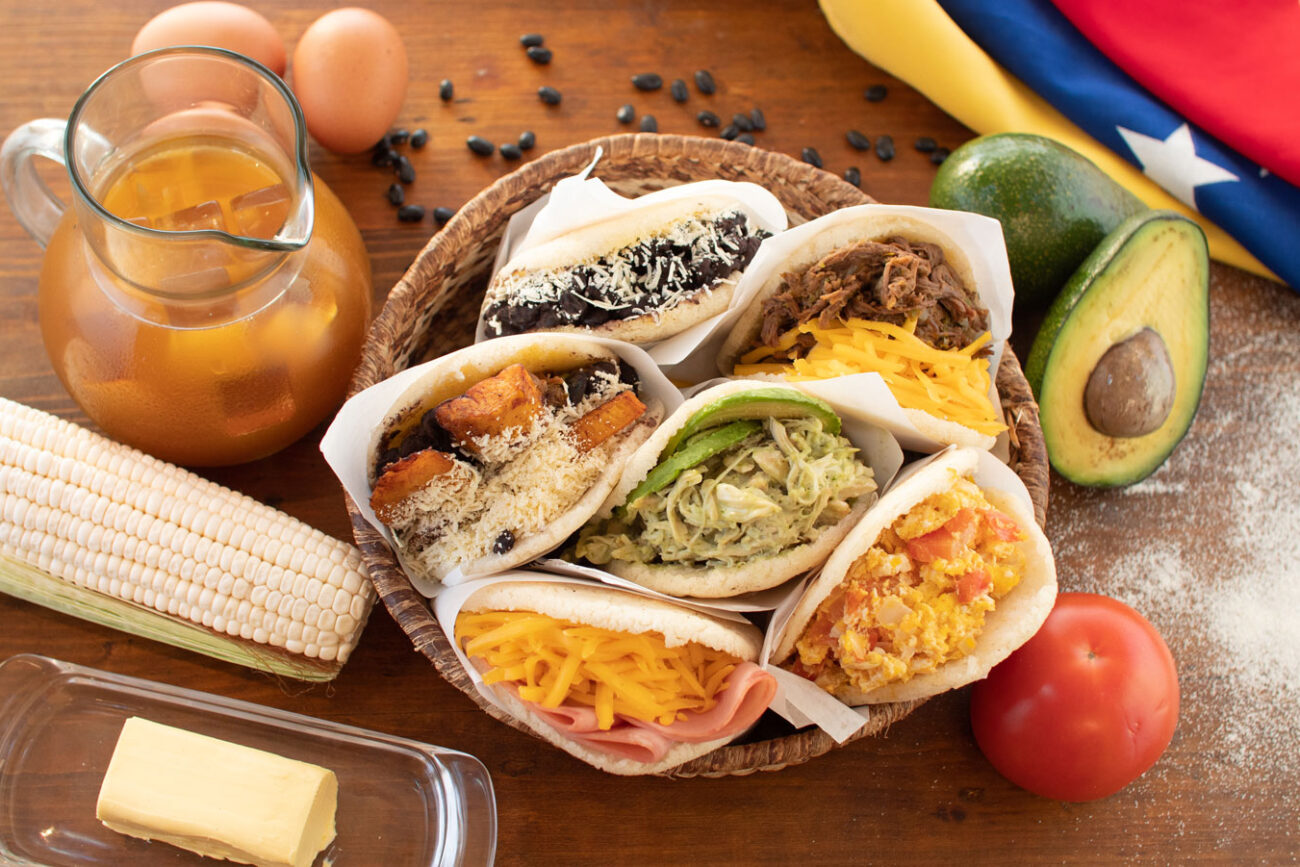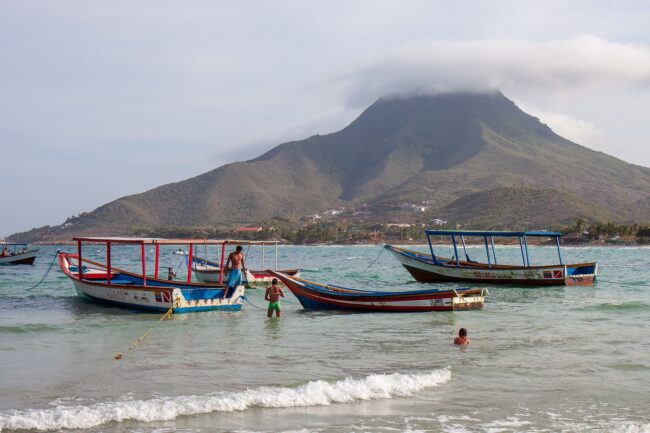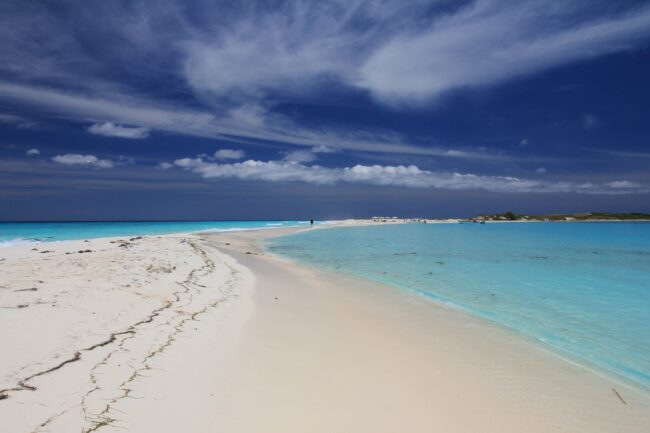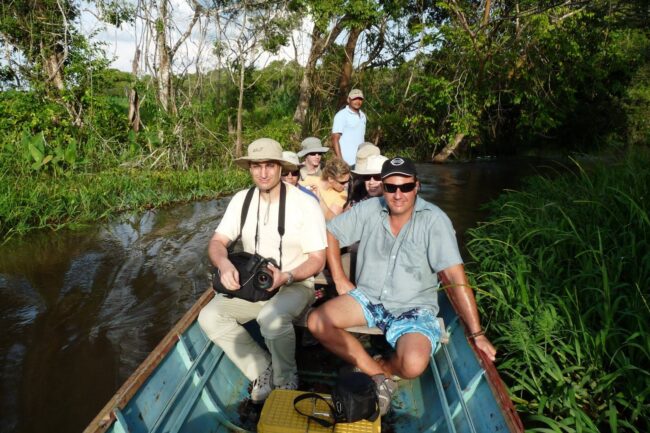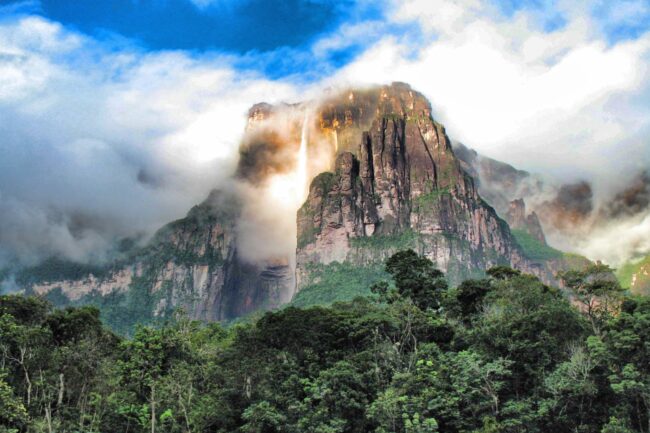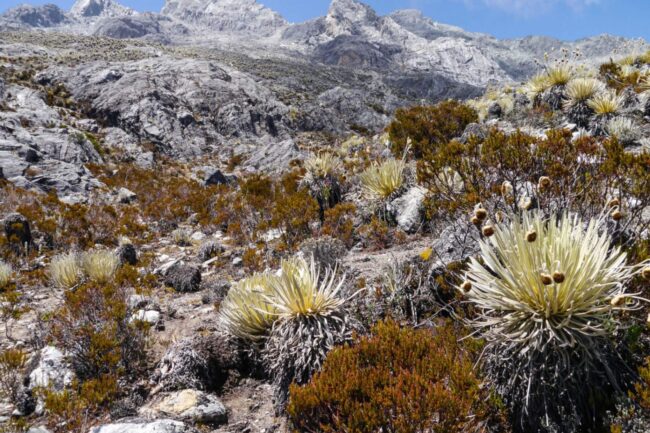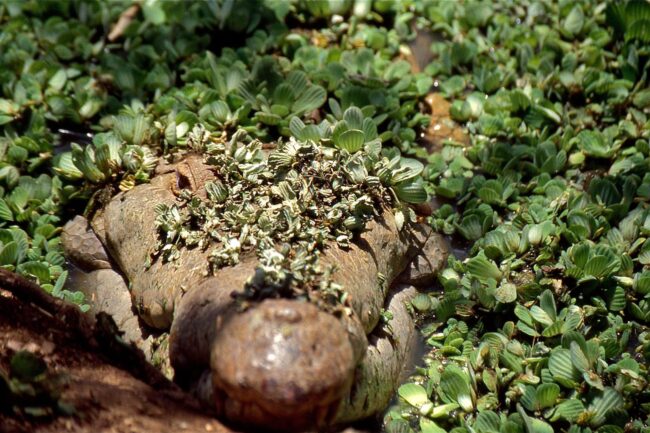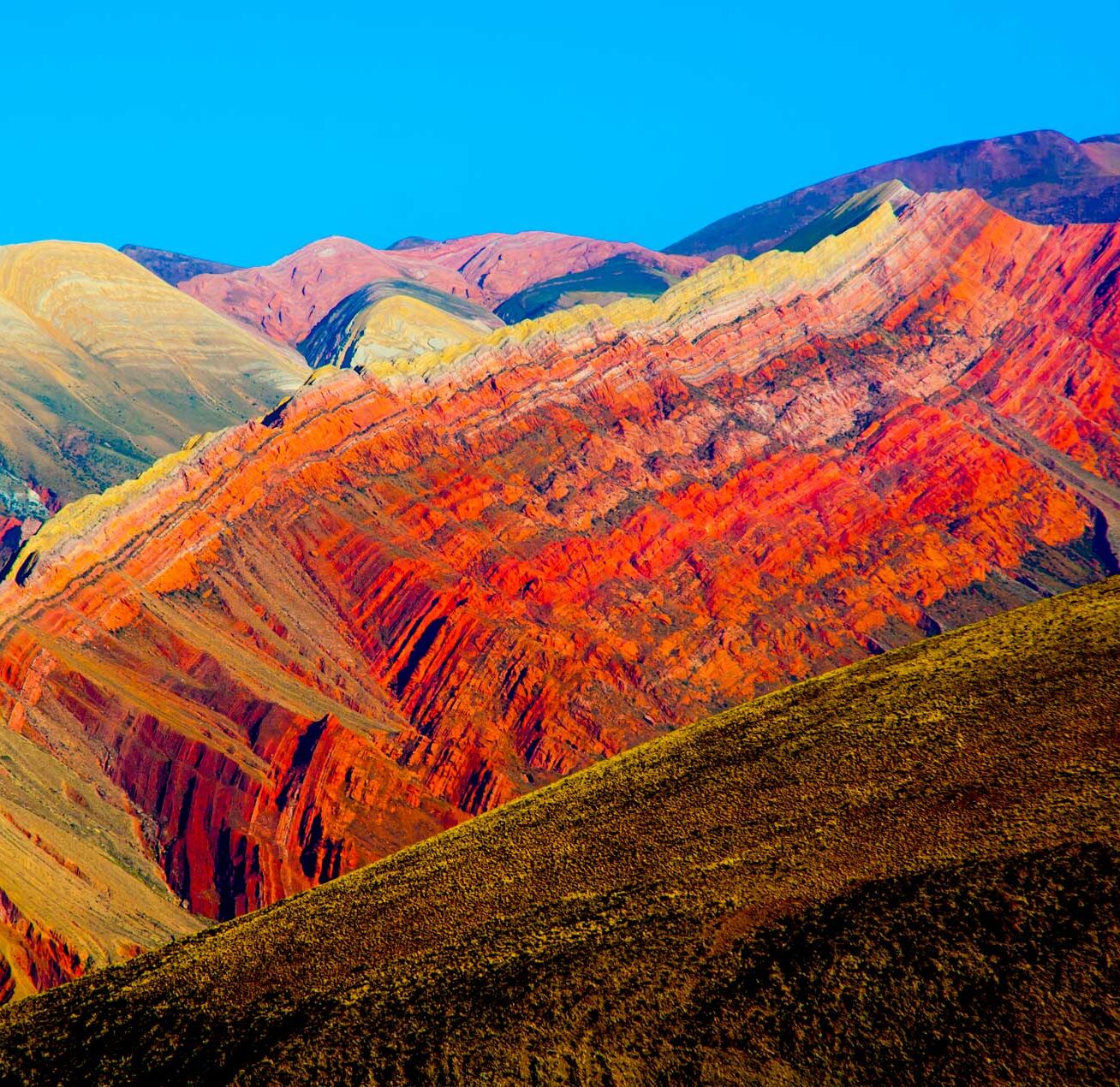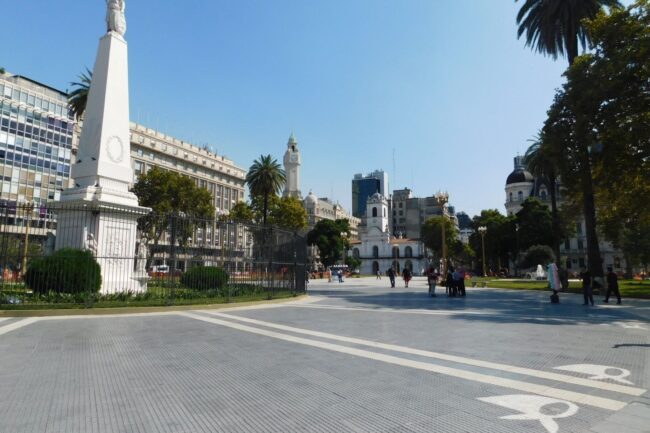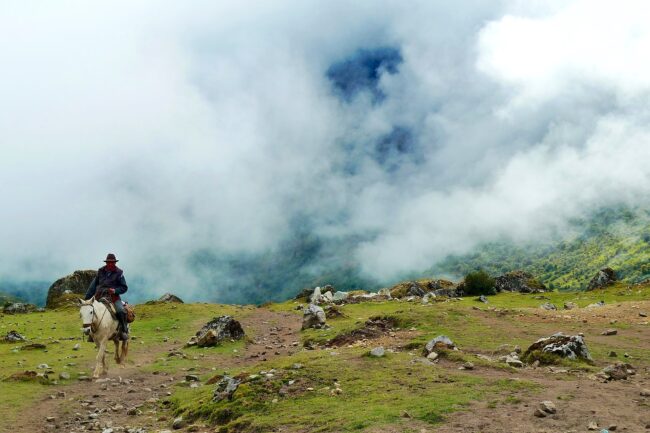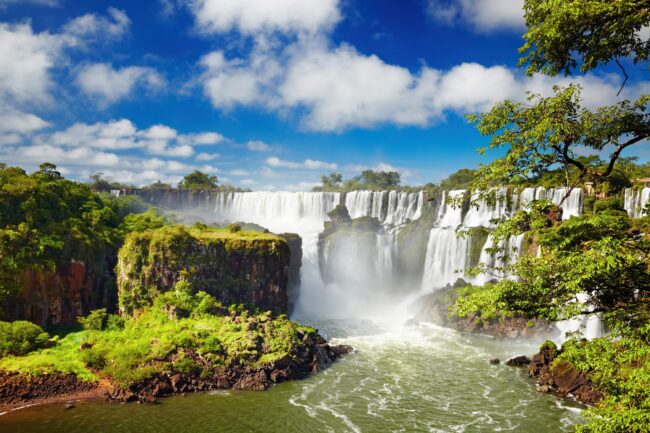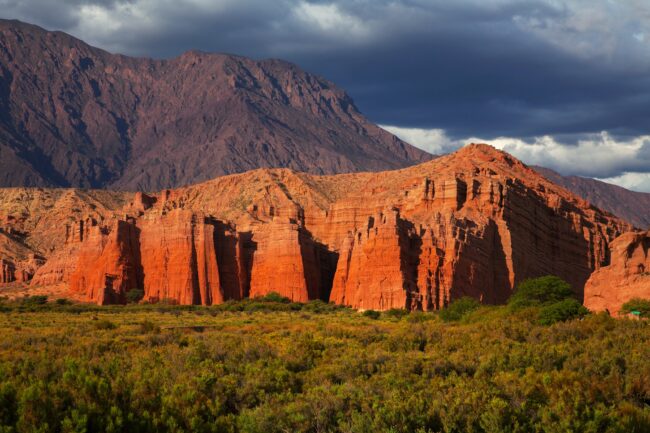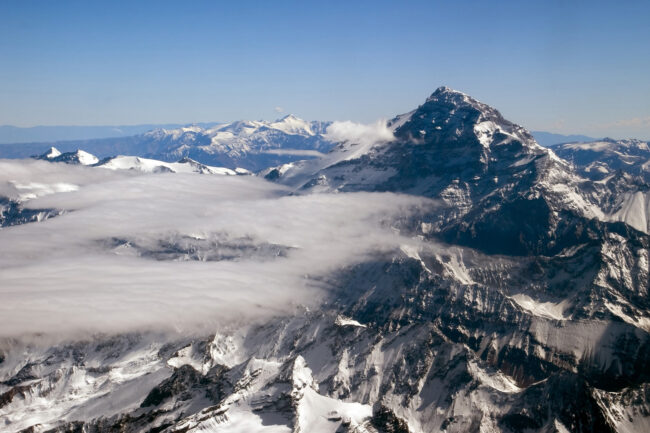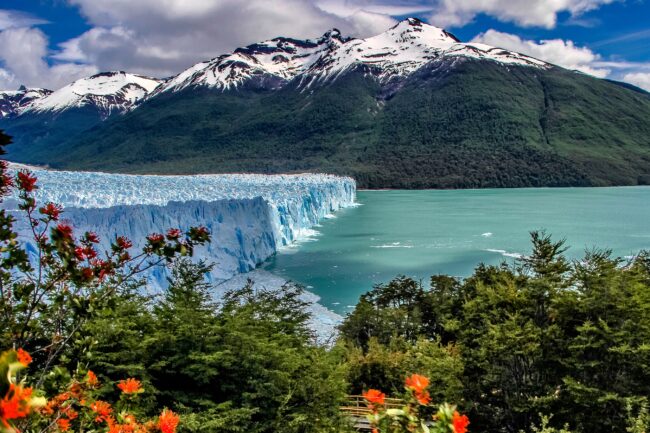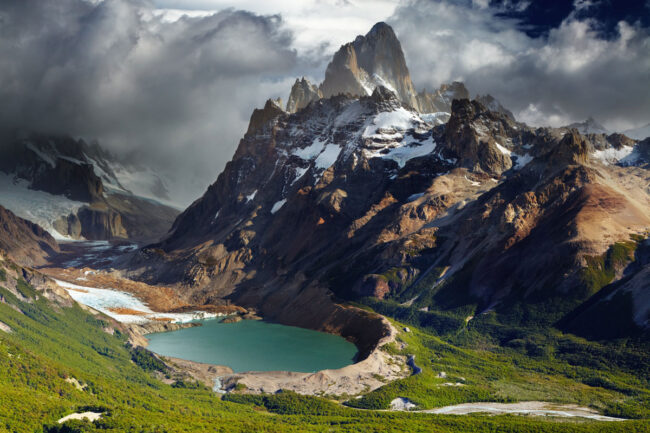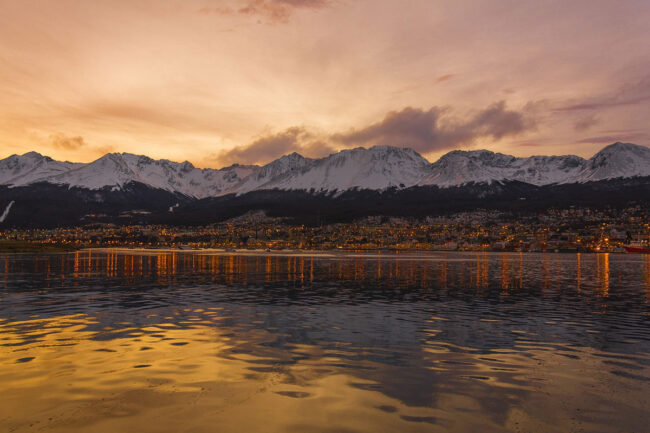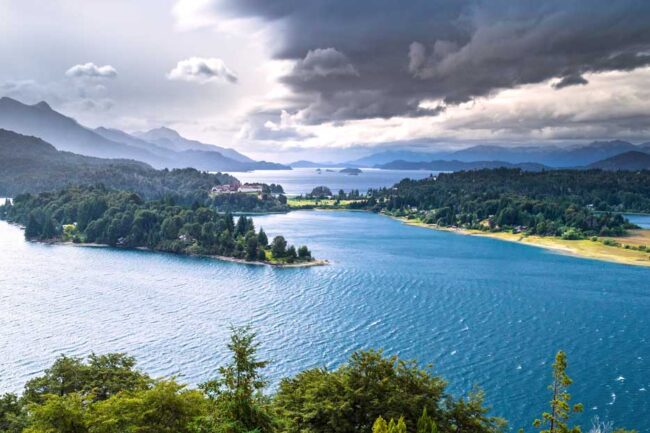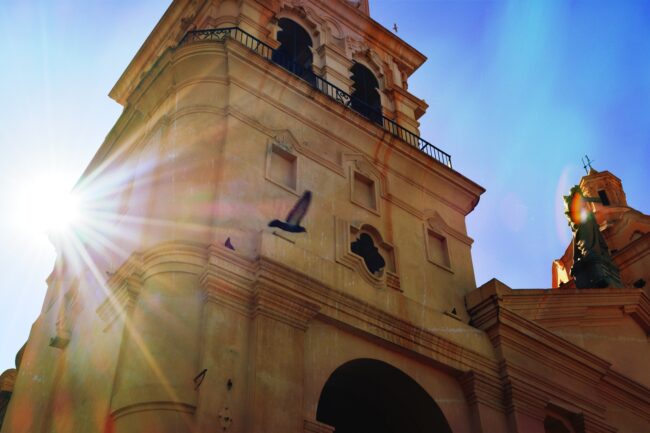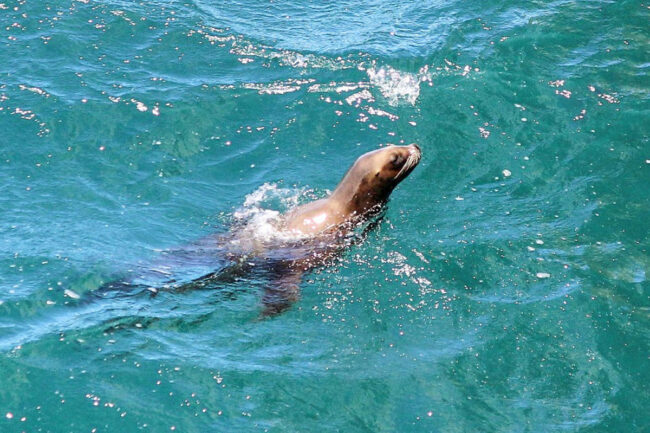Brazil
About Ada Tours
- They have been on the market since 2007 and have selected charismatic and enchanting tour guides in any desired language in Latin America. Their transport companies with the newest transport are ready to attend your clients all over Latin America. They also offer helicopters and private planes. Direct contracts with the nicest and recommended hotels in the 3, 4 and 5 star segment offer the client a wide choice in any budget.
- All their clients can count on a 24 hour emergency service in 7 languages during their trip. You can expect a friendly advice on the travel route in Brazil and Latin America, total personalization of the planned journey, and a wonderful holiday organization for your client with competitive prices!
- They have personally been in the places they offer your client to visit and offer itineraries that will make the client love Latin America. Their motto is to create friendships through travelling, uniting the different people of the world and providing lasting lifelong experiences.
- Their trips are imbued with the energy of freedom, happiness, fun, responsibility and unconditional love for themselves, others and the planet.

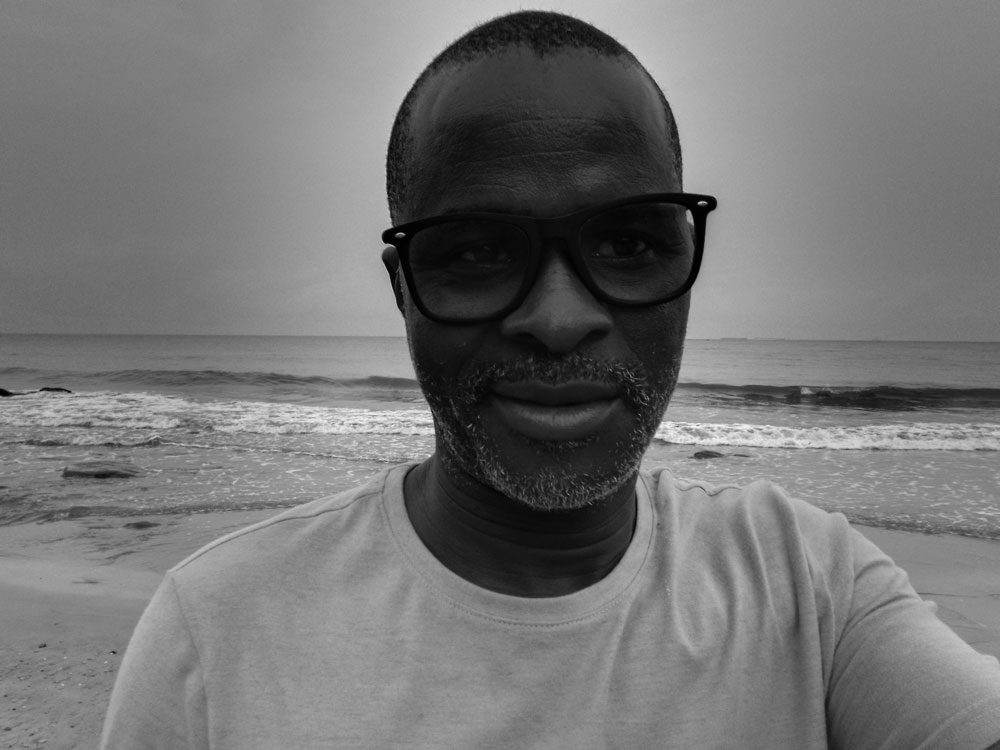
Product & Services
- FIT
- Family Travel
- Series and Ad-hoc Groups
- Small Group Tours
- Special Interest Programs
- Luxury Travel
- Incentives
Contact Info
- Av. Nossa Senhora de Copacabana 680, sala 916
- 22050-001 Copacabana, Rio de Janeiro
- Brazil
- +55 21 9 88 48 44 56
- +55 21 34 35 64 08
Top Activities
- Sip on a caipirinha at Copacabana beach in the “Marvelous City”, Rio de Janeiro.
- Enjoy Ilha Grande, “Big Island,” a most beautiful island off Rio de Janeiro with beautiful tropical beaches and virgin Atlantic rainforest.
- Go horseback riding through the rainforest that ends at the sea in the area of Paraty, a colonial jewel surrounded by pristine beaches.
- Stroll through the streets of Pelourinho, the first colonial capital of Brazilfilled with graceful, colorfully painted pastel buildings, music and dancing in the streets.
- Celebrate and get fascinated by one of the biggest and most famous Carnivals in the world, the Carnival in Rio de Janeiro.
- Travel back in time while visiting Ouro Preto, “black gold”, one of Brazil’s best-preserved colonial towns, founded at the end of the 17th century.
- Observe the various wildlife of the Pantanal, the world’s largest wetland – a must for nature lovers and home to one of the largest Jaguar populations in the Americas.
- Look over the edge of the wooden platform that crosses the top of Devil’s Throat fall at the Iguaçu Falls, situated on the border between Brazil and Argentina.
- Discover the indescribable beauty of Fernando de Noronha, an archipelago comprised of 21 islands and islets that was declared a Natural World Heritage Site by UNESCO.
- Be impressed by the only desert on earth that has ponds between white sand dunes at Lençóis Maranhenses National Park, one of the most beautiful Brazilian sceneries.
- Get inspired by the Inhotim Institute, home to one of the largest foundations of contemporary art in Brazil and one of the largest outdoor art centers in all Latin America.
Top Selected Tours
Do you need a quotation or more details?
Did you know this fact?
About Brazil
Despite the immense expanses of the interior, roughly two-thirds of Brazil’s population live on or near the coast and well over half lives in cities – even in the Amazon. In Rio and São Paulo, Brazil has two of the world’s great metropolises, and ten other cities have over a million inhabitants.
It’s fair to say that nowhere in the world do people enjoy themselves more – most famously in the annual orgiastic celebrations of Carnival , but reflected, too, in the lively year-round nightlife that you’ll find in any decent-sized town. This national hedonism also manifests itself in Brazil’s highly developed beach culture, superb music and dancing and rich regionals cuisines.
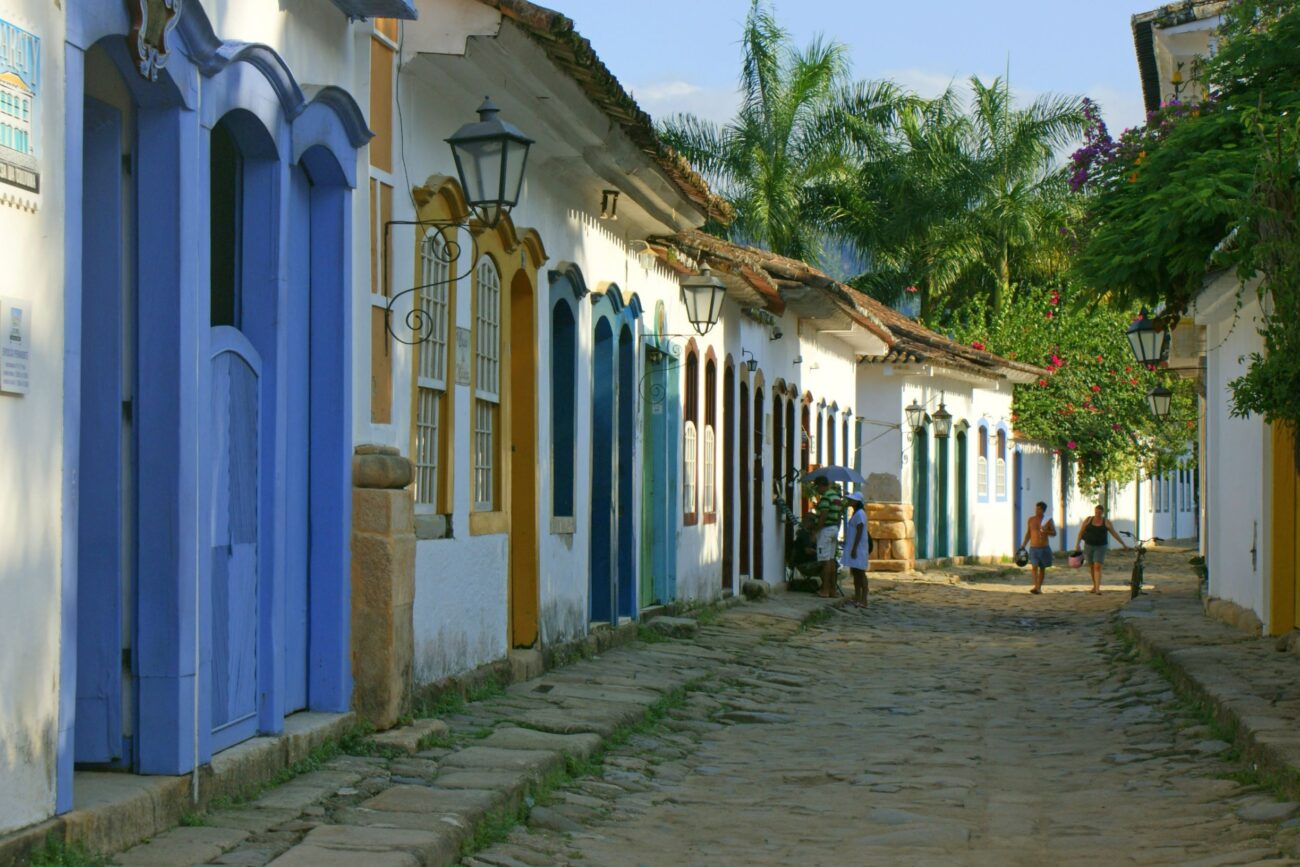
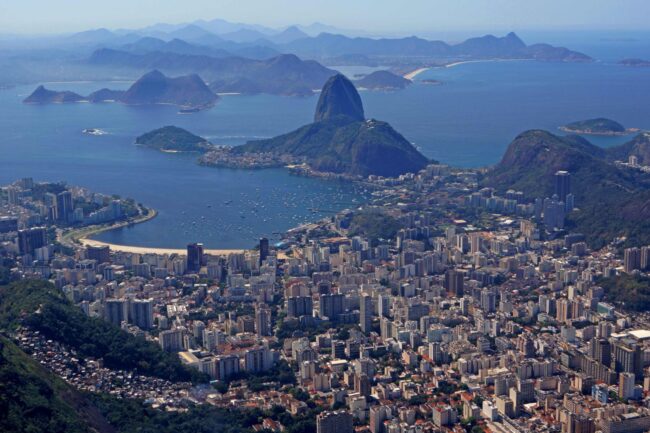
Rio de Janeiro
There is no destination on earth more animated and exciting than Rio de Janeiro. Located in south-eastern Brazil, Rio de Janeiro is the most visited city of South America due to its famous mountains, beaches and Carnival festival.
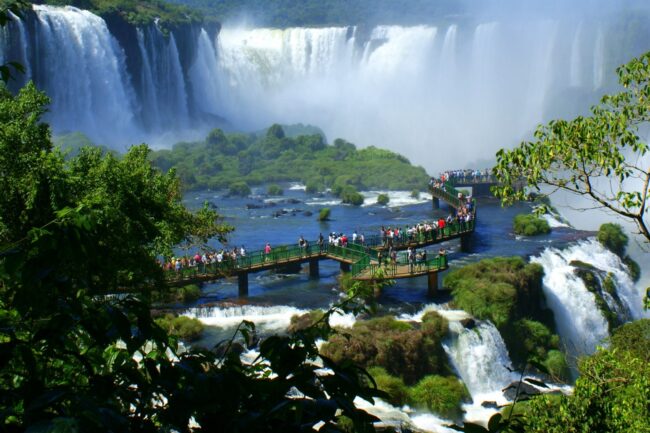
Foz do Iguassu
One of the most awe-inspiring natural wonders in the world, Iguazu Falls straddles the Argentine-Brazilian border. It is often compared to Niagara Falls and Victoria Falls, such is its staggering size and scale. Surrounded by dense rainforest, its endless series of cascades stretch for almost three kilometres, making it the largest waterfall system in the world.
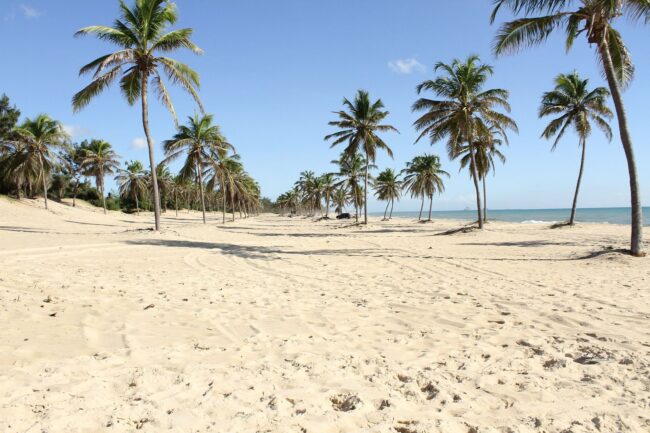
Fortaleza
Nice beaches, dynamic shopping and lively culture all make Fortaleza one of Brazil’s popular tourist destinations. The capital of the Ceará state on the country’s north-eastern coast, Fortaleza is Brazil’s fifth largest city, well-known for its forró music.
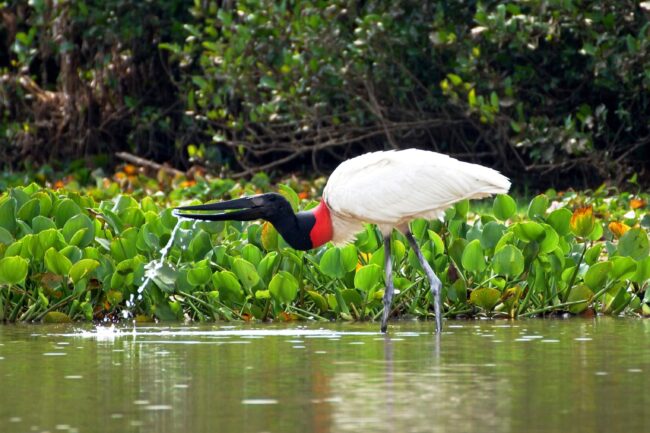
Pantanal
Covering a vast swathe of western Brazil, as well as parts of Paraguay and Bolivia, the Pantanal is the world’s largest and most diverse tropical wetland area. Due to its stunning scenery and incredible wildlife, the region is increasingly popular to visit, although its remote and watery nature does pose a few challenges.
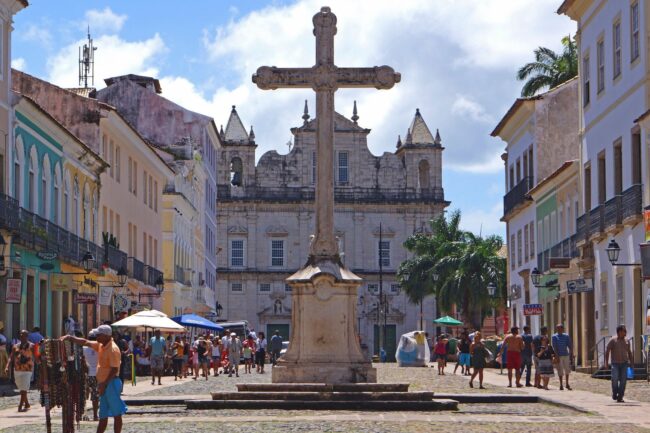
Salvador da Bahia
A historic Old City, beautiful beaches, lively culture and one of the world’s biggest Carnival celebrations all fashion Salvador is one of Brazil’s top tourist destinations. One of the oldest cities in the Americas, Salvador is Brazil’s third largest city and the capital of the Bahia state.


